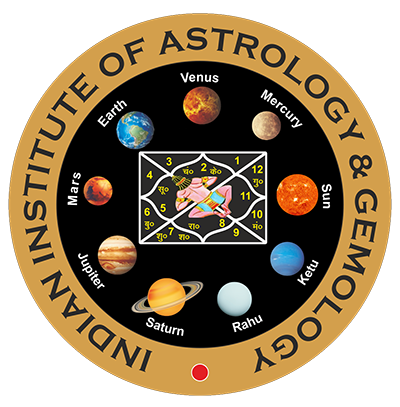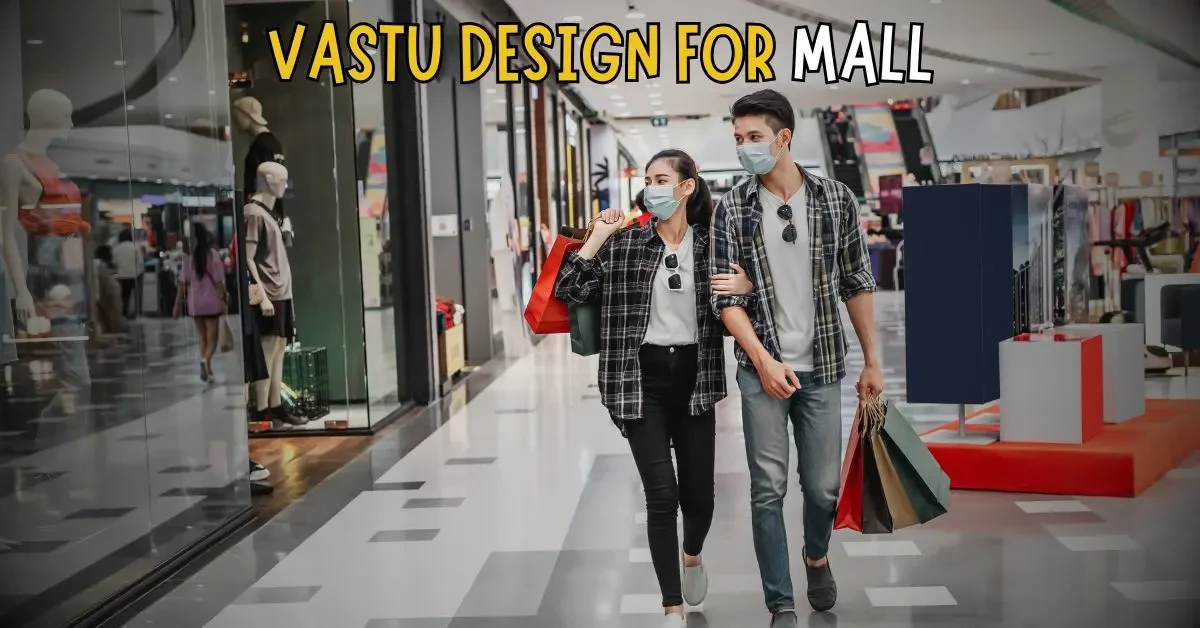MALL DESIGN AS PER VASTU
Designing a shopping mall isn't just about aesthetics and functionality; it’s about creating a space that attracts prosperity, ensures smooth customer flow, and promotes harmony among tenants. This is where the ancient principles of Vastu for mall design come into play. By aligning the structure and layout of the mall with Vastu guidelines, owners can maximize positive energy, boost business growth, and create a shopping experience that resonates with both shoppers and retailers. Discover how Vastu for mall design can transform your commercial space into a hub of success and sustainability.
Why Mall Design As Per Vastu Matters

Malls are places of business and also meeting places. They contain several shops, recreational facilities, and eating places, to suit a wide range. Implementing Vastu Shastra in the design and layout of a mall can:
1. Boost Financial Success: Quite literally, there are general rules in Vastu regarding the arrangement of the layout of shops for the influx of a greater and fresh stream of customers to increase sales.
2. Improve Footfall: A well-planned mall makes those people feel welcome and they develop the habit of visiting the mall often.
3. Ensure Harmony: Apparently, spaces designed to obey Vastu principles establish a harmonious environment that triggers little or no conflict among the shop owners and managers hence efficient operations.
4. Enhance Reputation: A mall, full of life and positive energy tends to be a reference to its area of location.
Key Vastu Guidelines for Mall Design
1. Selection of Land
- It should be square or rectangular shaped as irregularities will not only make designing difficult but will also cost you a fortune.
- It is favourable for business growth and prosperity if the land slope is towards the northeast.
- Residential areas with high tension wires or near graveyards should be avoided at all costs because they attract negative energy.
2. Entrance Location
- Shops should best enter from north, northeast or east directions so that positive energy can flow in the mall.
- This should mean that the entrance is big and bright, with no barriers to wall and floor contact to encourage people to step through the door.
3. Mall Layout
- There is agreement among Bajau people in Malaysia that the northeast area of the house should remain unobstructed due to positive energy.
- Design the southwest area of the building for administrative purposes and security because it is a direction of steadiness.
- Make sure that the middle part of the mall –the Brahmasthan as it is commonly known by architects is left open and unobstructed. It is recommended not to locate large loads or utility spaces here.
4. Placement of Shops
- The shops dealing in jewellery, clothes, home electronic items should be located in the southern east as Agni is the god of transformation who represents energy.
- There should be well-emphasized food courts and restaurants situated in the north—as the northwest is popular for creating movement.
- The large stores or major stores can be situated in the south or west region so as to give stability to the business of the mall.
5. Escalators and Elevators
- As an example, escalators must occupy a north south or east west orientation to correspond to energy currents.
- Elevators should be located at the southwest and southeast region while the northwest region is unsuitable for elevators.
6. Lighting and Ventilation
- Day lighting and ventilation are necessities in the mall to ensure that a positive environment is injected in the premises. Thus, the natural light can be let in through the skylights, or the glass windows installed on the northeast side of the house.
- It is also important not to place machines in the small corners, where energy is likely to stagnate and people – stay away from.
7. Parking Area
- Essential zones such as the north or the east zones should be designated to the different areas of parking so that congestion with heavy traffic zones is avoided.
- Provide correct entries and exits so that there are no traffic jams happening on the territory of LLP and to organize free traffic circulation.
8. Water Features
- Swimming pools, fountains or fish tanks or any other water source should preferably face the northeast direction to bring in prosperity.
- Do not install water features on the south or southwest side of the house because it will cost money.
9. Colors and Aesthetics
- For common areas as representatives of informality, it is recommended to use as many shades of yellow, green, and blue as possible.
- The interiors of shops may also have corresponding colors depending on this line of business; sites that sell foods have red or orange, while those that deal in electronic gadgets could have blue or white interior.
10. Placement of Entertainment Zones
- Spaces such as cinemas, gaming zones and any other recreational areas should be sited within the west or northwest zones so as to encourage activity.
- Make sure these zones are separate with respect to noise and interferences to areas outside the mall.
11. Toilets and Washrooms
- Washrooms should be located on the northwest or the southeast area of the house.]
- Toilets are advised against being placed in the northeastern or middle part of the mall because the ideas in Feng Shui state that these areas should be kept clean.
Vastu Remedies for Existing Malls
If a mall design has already been constructed and doesn’t fully comply with Vastu principles, certain remedies can help mitigate negative effects:
- It is beneficial in balancing the energy of the mall or office and should be placed in any part of the building that has structural flaws; ideally in the corner, use Vastu pyramids.
- It is recommended to fix wall mirrors in the northeastern sector to increase positive energy.
- It is advisable that one use friendly symbols such as Swastik or Om at the path or gate to reduce spirits of darkness.
- Bring natural plants indoors particularly on the east and north locations to help facilitate air filtration within the building.
- Employ salt water in different bowls to pull out massive negativity and place the bowls strategically at corners.
Benefits of Vastu-Compliant Malls
- Increased Customer Satisfaction: A mall that has been built based on the Vastu feels open and natural, making people spend more time and more of their money.
- Business Growth: Consumers and buyers benefit from increased stock turnover and minimum disputes emerging from poor quality and damaged goods.
- Brand Value: A mall that follows Vastu can also be popular because of the positive image created by the organization.
Conclusion
The principles of Vastu Shastra can be beneficial when implemented during the construction of malls and also for maintaining the mall to increase its success as well as its energies. If you are starting a new mall or want to upgrade the existing mall, then adopting the principles of Vastu for mall construction will assist in making the mall commercially viable, attracting success and satisfaction for all. Implementing Vastu for mall design and layout can significantly enhance its energy flow and customer experience.
If these measures are followed it is possible to turn a mall into a positive place and a financially successful business. For those who are preparing to launch a mall, it is highly advisable to address a Vastu specialist for every detail to correspond to these principles.





